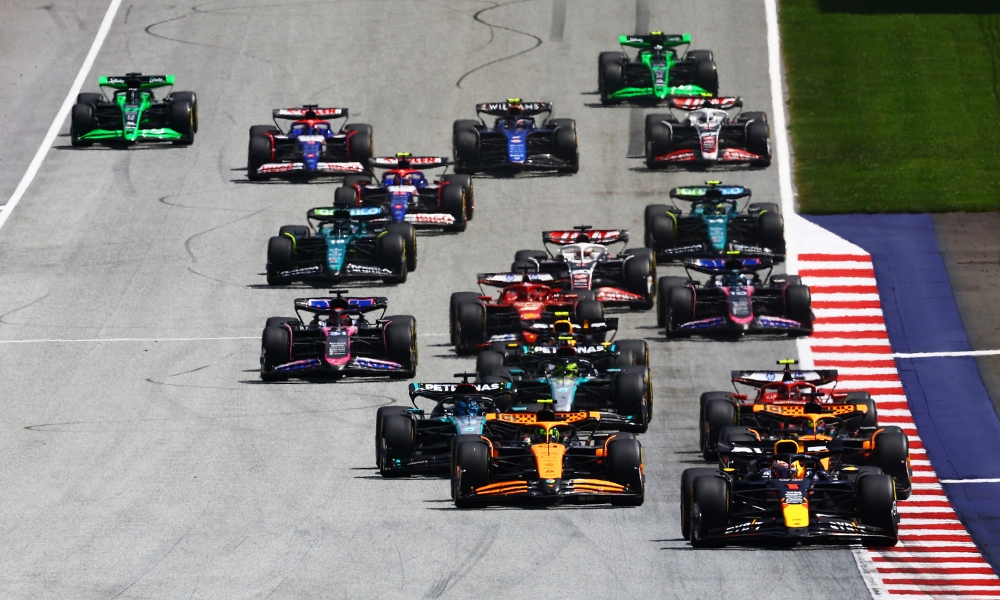In the modern sports world, when every minute on the pitch is painstakingly recorded, measured, and examined, data is essential. Athletes’ performances, coaches’ tactics, and the way platforms and fans perceive athletic events are all being influenced by this transformation. Data has become increasingly important in sports analysis as technology develops, interacting with online resources such as 먹튀검증사이트. Granular performance measurements, including GPS trackers, wearable technology, and AI-assisted video problems, are the focus of modern sports analysis. These tools give coaches real-time information so they can make well-informed replacements, modify formations, and employ predictive analytics. Feedback loops help athletes identify their areas of weakness and improve their training schedules.
Fan forums have evolved into information centres for in-depth statistical analyses, strategy dissection, as well as metrics sharing due to the growth of online sports communities. Platforms must guarantee reliable sources and correct data in order to remain credible. Verification sites, which were first created to stop fraudulent activities in internet networks, monitor the validity of platforms and services by looking at user experiences, data authenticity, and transparency. By guaranteeing data quality and dependability, these websites have added a new dimension to sports analysis. Sports analytics platforms may verify the veracity of statistical representation, model correctness, and the validity of data sources by including verification processes.
Sports data analysis encompasses more than simply statistics and graphs; it also includes the creation of narratives about player journeys, team relationships, and meteorological circumstances. 먹튀검증 assist in making sure that statements on financial investments, club growth, and player performance are supported by validated data. Transparency is valued by sports analysis and confirmation websites because it allows for impartial judgement and uncovers hidden trends. They cooperate to create a protective wall against false information since misrepresenting data might result in a loss of confidence. Fair judgement and openness in data presentation are valued on both platforms.




